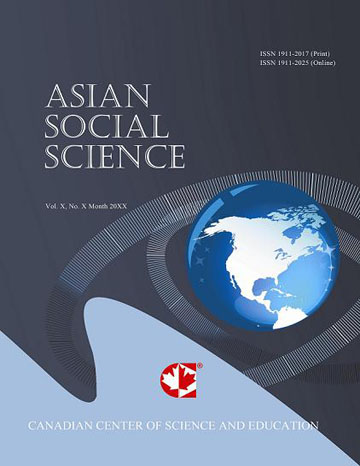Second Life: A Hope for Ideal, But Only in Its Imaginary
- Xiaowei Huang
Abstract
Second Life, one of the most popular of virtual world was invented by Linden Lab Corporation: its philosophical statement is that Second Life is 'a place where you can turn the pictures in your head into a kind of pixelated reality’ (Rymaszewski, 2007, p. iv). Second Life is, for many reasons to be considered in this essay, a representative example of the (offline/real) world. This paper will argue that virtual worlds such as Second Life are an extension of the real world. Two major questions were posed earlier in this essay: ‘Does the virtual world represent the real world?’ and ‘Is it a refuge for its participants from the real world’. We can answer these questions. First of all, the virtual world is an extension of the real world, because it is built from, and continues to make use of, ideas, meanings, identity categories, performances, narratives and values derived from the real world. Secondly, Second Life is clearly not, in the long term, a refuge for its participants from the real world. Second Life can be understood as a virtual place that allows people to have temporary fun; however, it is only for a moment or for a short period, because the relationship between the virtual and the real world is interpenetrated.
- Full Text:
 PDF
PDF
- DOI:10.5539/ass.v17n2p109
Journal Metrics
Index
- Academic Journals Database
- BASE (Bielefeld Academic Search Engine)
- Berkeley Library
- CNKI Scholar
- COPAC
- EBSCOhost
- EconBiz
- Elektronische Zeitschriftenbibliothek (EZB)
- Excellence in Research for Australia (ERA)
- Genamics JournalSeek
- GETIT@YALE (Yale University Library)
- Harvard Library
- IBZ Online
- IDEAS
- Infotrieve
- JournalTOCs
- LOCKSS
- MIAR
- Mir@bel
- NewJour
- OAJI
- Open J-Gate
- PKP Open Archives Harvester
- Publons
- Questia Online Library
- RePEc
- SafetyLit
- SHERPA/RoMEO
- Standard Periodical Directory
- Stanford Libraries
- Technische Informationsbibliothek (TIB)
- The Keepers Registry
- Universe Digital Library
- VOCEDplus
- WorldCat
Contact
- Jenny ZhangEditorial Assistant
- ass@ccsenet.org
